Don’t let your Roomba overflow — here's how to empty it
Just follow these steps
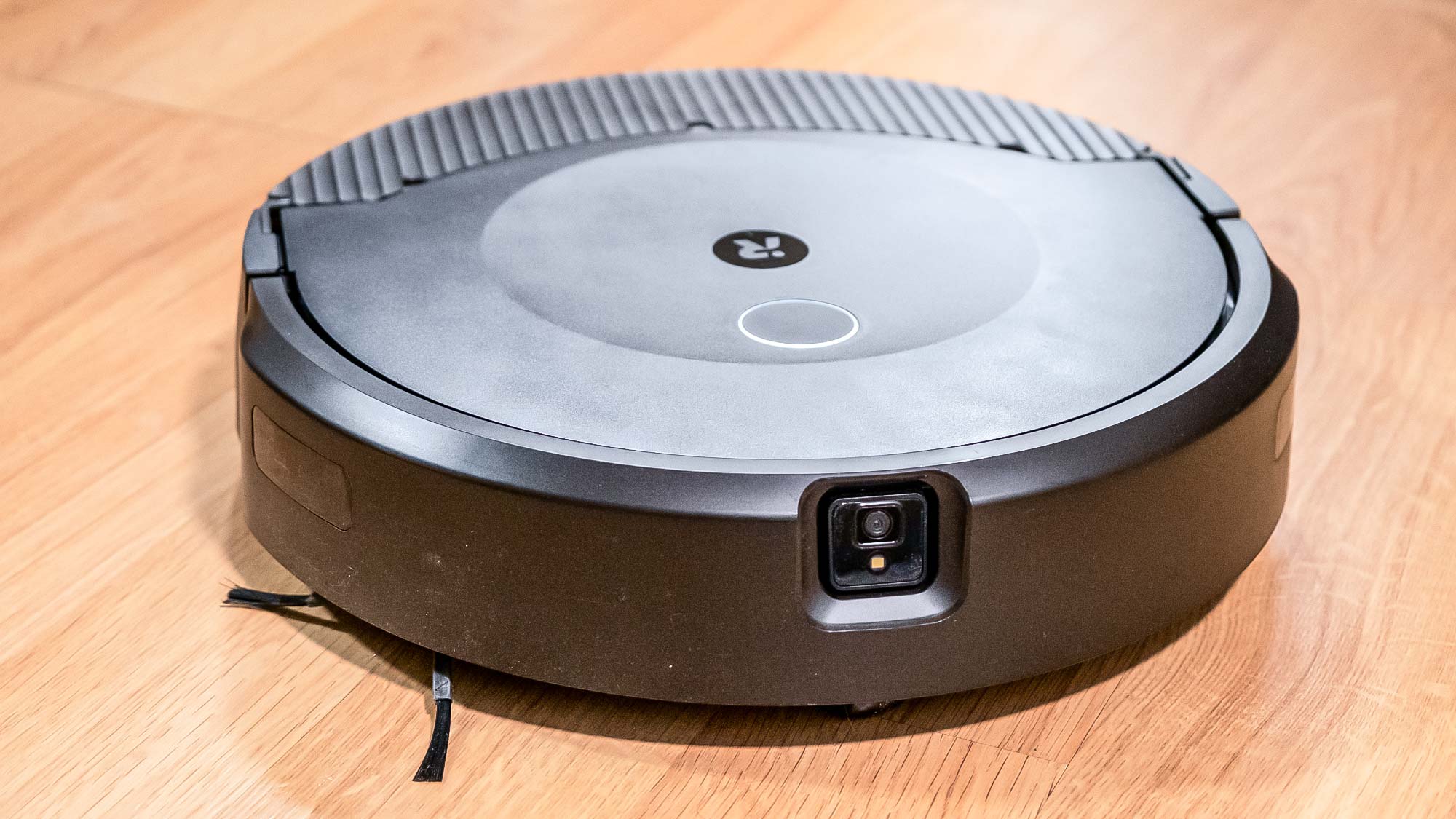
While emptying your Roomba robot vacuum may sound like a basic task, there's a right and a wrong way to go about it—and doing it correctly is essential for keeping it running smoothly.
Of course, with so many options on the market, from older models requiring manual emptying to the best robot vacuums featuring self-emptying bins, the process can vary depending on your device.
This guide will outline how to empty both standard and self-emptying Roombas, along with maintenance and troubleshooting tips.
How to manually empty a Roomba
1. Locate the bin and release buttons
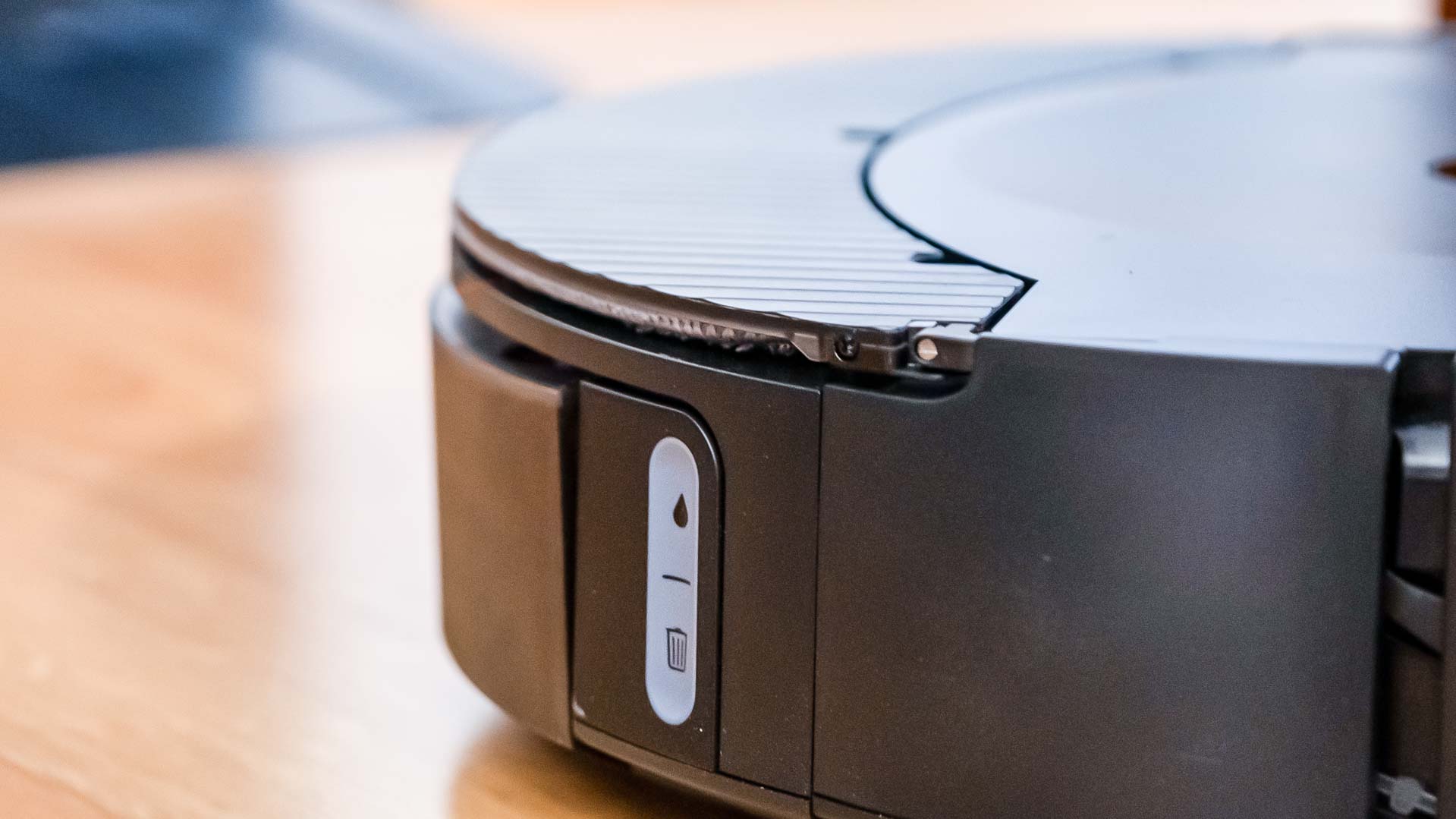
Look for the release button or tab located on the main body of the Roomba. Pressing or pulling this tab will make it easy to remove the bin.
2. Remove the bin

Once you've found the right release button or tab, you can detach the bin from the vacuum cleaner.
Be careful to avoid any damage by trying to remove it without making sure it's properly attached.
3. Open the bin door
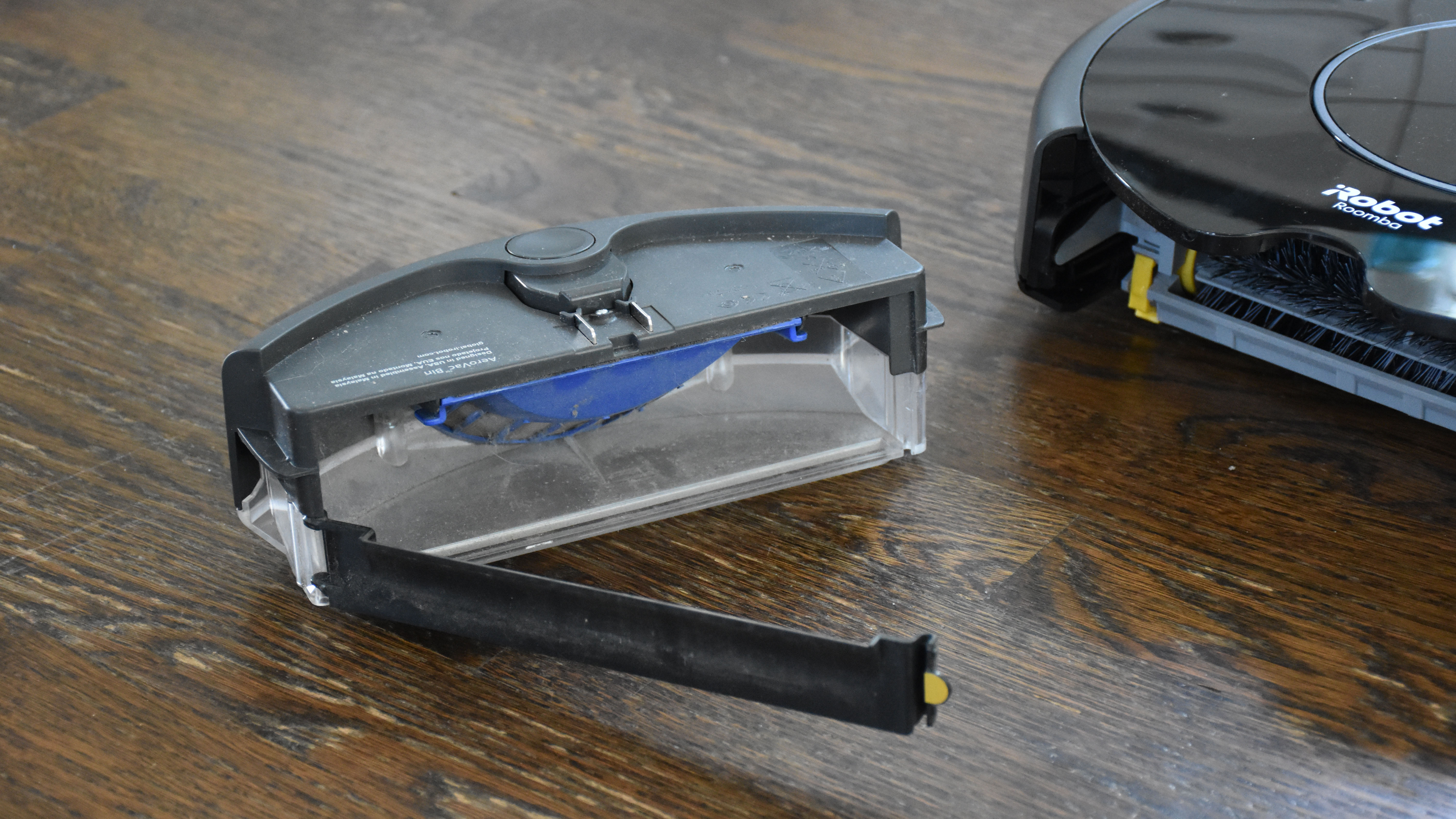
Once the bin has been removed, you can open the door by flipping open a latch on the bin structure.
Make sure you handle it carefully to avoid spills, and you should be able to see and access the contents.
To prevent dust and debris from spilling, it's best to do this over a larger trash container, keeping the area tidy and making disposal easier.
4. Clean the filter
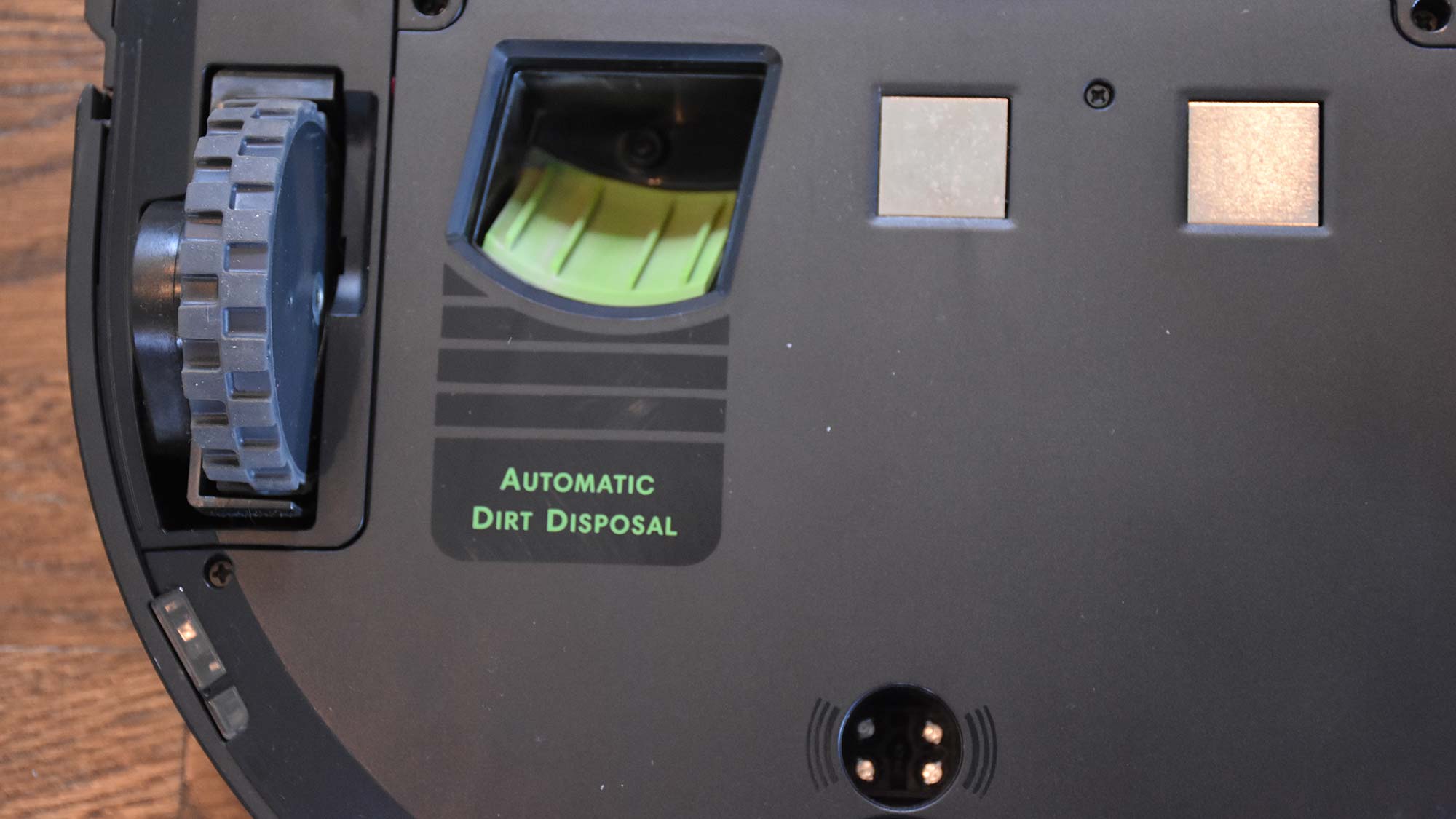
Check and clean the filter after emptying the bin. Remove the filter from the bin and tap it gently against a trash container to dislodge dust and debris.
5. Reassemble the Roomba
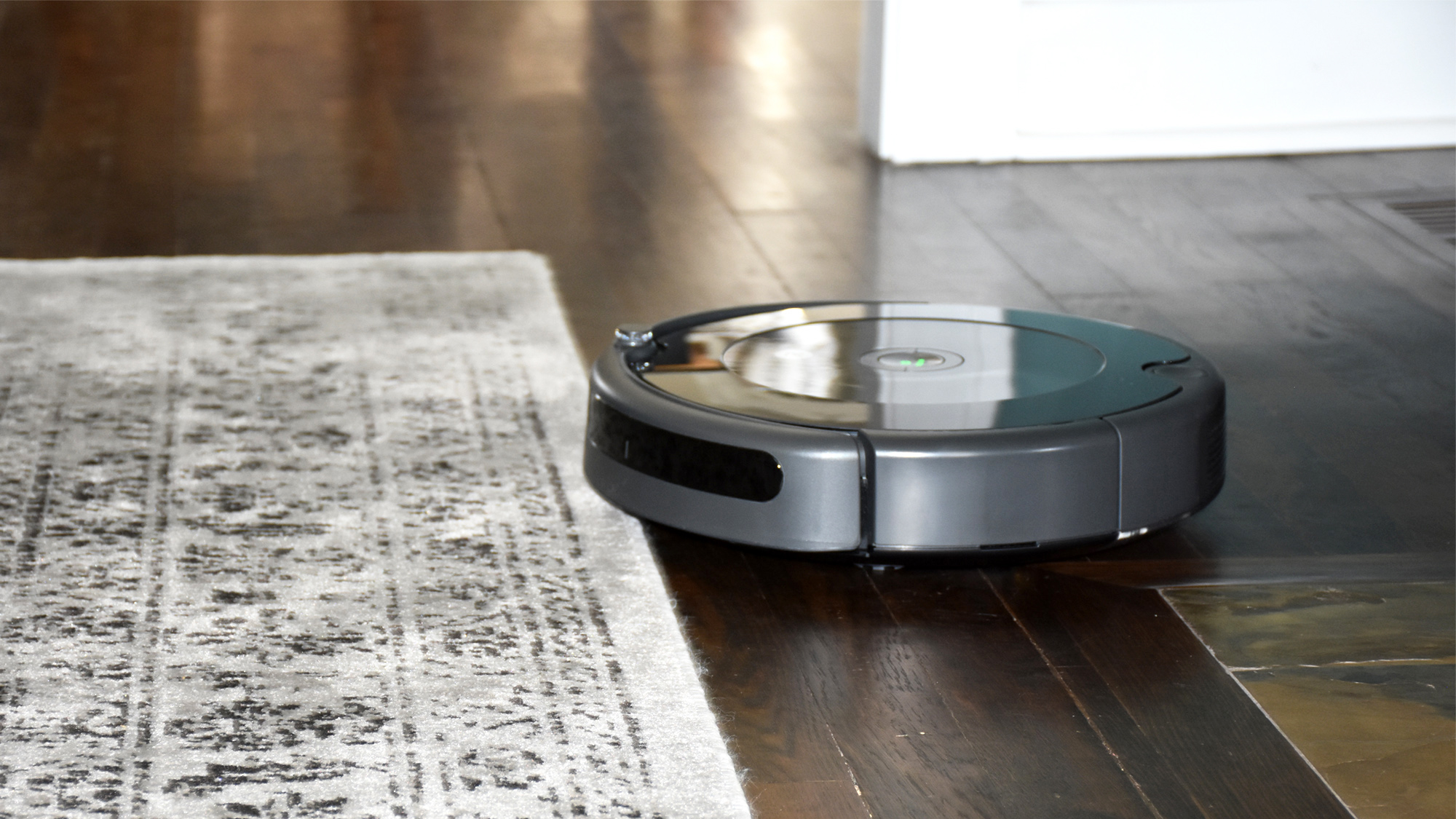
Make sure the bin door is securely closed and reattached to the Roomba after emptying the bin and cleaning the filter.
How to empty a self-emptying Roomba model
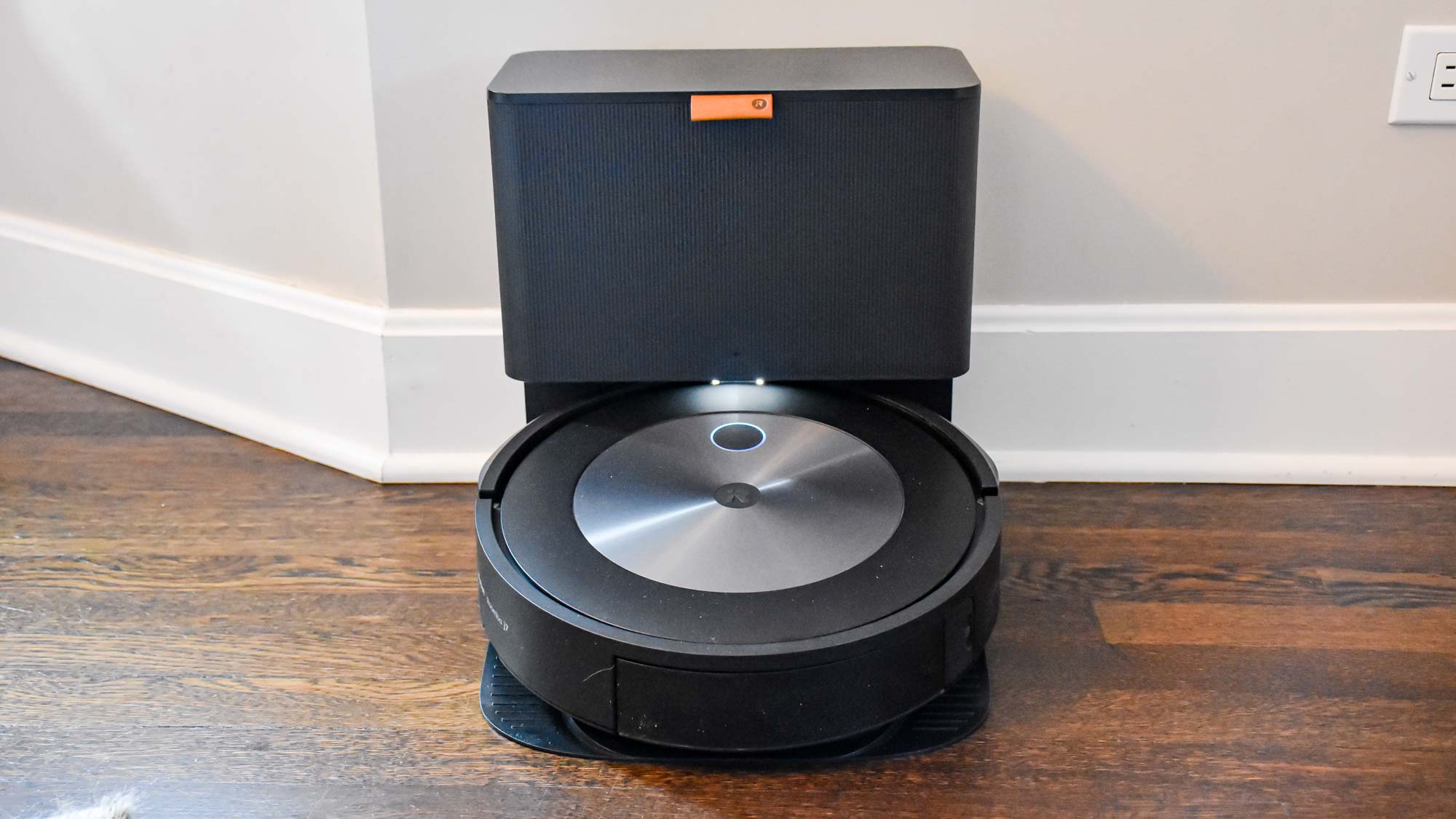
There are, of course, a few more steps should your Roomba model be of the self-emptying variety, such as the i5+ and j7+. These vacuums come with the Clean Base, which includes bags that hold debris up to 60 days.
The Clean Base needs regular maintenance, like checking the bag's capacity and replacing it when it's full — the base usually alerts you.
If you're experiencing trouble with the robot emptying its bin into the base, pressing the Home button while it's on the charging base can start a manual cycle.
Make sure your robot and base are aligned correctly and free of obstructions, and make sure you've got any available software updates through the iRobot HOME App.
Get instant access to breaking news, the hottest reviews, great deals and helpful tips.
How often should I empty my Roomba?
Your Roomba's emptying frequency depends on its model and your house's conditions.
Roomba models without a self-emptying feature should be emptied after every use, especially in homes with pets or high foot traffic.
Frequent emptying minimizes the risk of clogs and reduces wear on the motor and filters, extending the device's lifespan.
In Roomba models with advanced navigation, an empty bin is also essential for smooth operation. A full bin can cause the vacuum to stop unexpectedly and hinder its cleaning pattern.
Now you've learned how to empty your Roomba, why not check out some of our other robot vacuum articles? Check out how to clean your Roborock vacuum — 5 essential maintenance tips and wet and dry vacuum vs robot mop: what's the difference?
And for those with pets, take a look at the best robot vacuums for pet hair.

Caroline is the Acting Editor of Top Ten Reviews, joining Future in 2021 and contributing to various titles over the years. As a technology and lifestyle journalist, Caroline specializes in smart home tech, appliances, and more. She writes about and tests products in her cozy Suffolk apartment, helping readers find the best solutions for their own homes.
You must confirm your public display name before commenting
Please logout and then login again, you will then be prompted to enter your display name.
